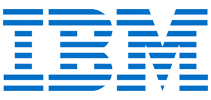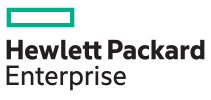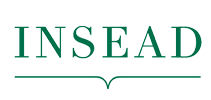转录是为法律团队的需求而设计的 
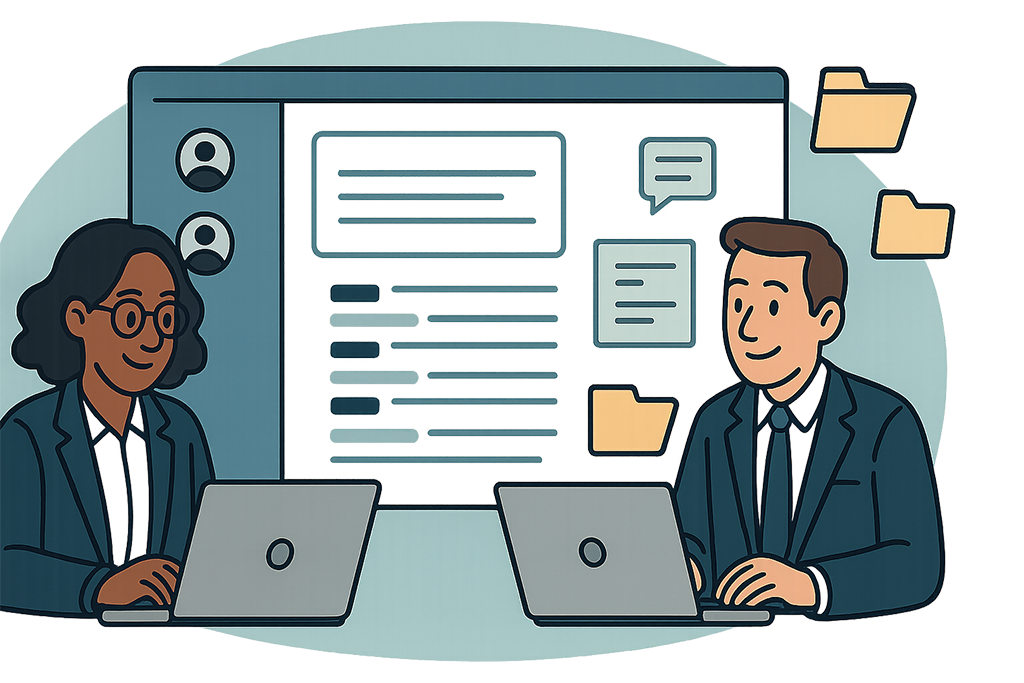
提高全公司的生产力
Sonix 为证词、客户会议和听证会提供即时、可搜索的记录,使律师、律师助理和案件团队能够更快、更有效地协作。
节省时间并削减运营成本
减少对手动转录的依赖,将资源重新分配给战略法律工作。使用 Sonix 的公司报告说,在效率和成本节约方面取得了显著提高。
搜索、突出显示和共享
让成绩单更加努力地工作。按关键字搜索、给发言人贴标签、突出显示重要证词,并在几秒钟内安全地与您的团队共享。
合规友好且可扩展
符合 SOC 2 Type II 标准,专为法律工作流程而构建,Sonix 支持多用户团队、精细权限和安全的文档控制。
您可以信赖的准确性和可搜索性 
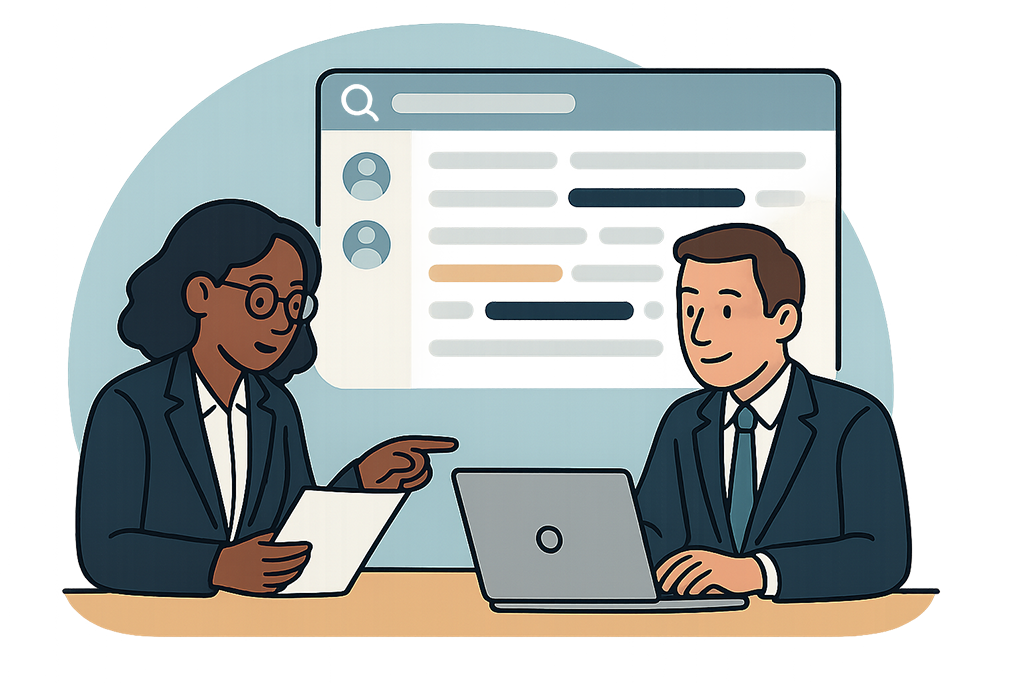
在几秒钟内找到关键证词
无需再浏览数小时的音频了。使用 Sonix 立即在数千行脚本中查找关键字、短语或名称。
时间戳和发言人标签
所有记录都包含精确的时间戳和发言人标签,以简化文件审查、证据标记和团队移交。
专为法律研究而打造
律师和律师助理可以通过直接从笔录编辑器中突出显示、导出和引用重要片段来加快案件准备工作。
安全。合规。受到法律运营团队的信任 
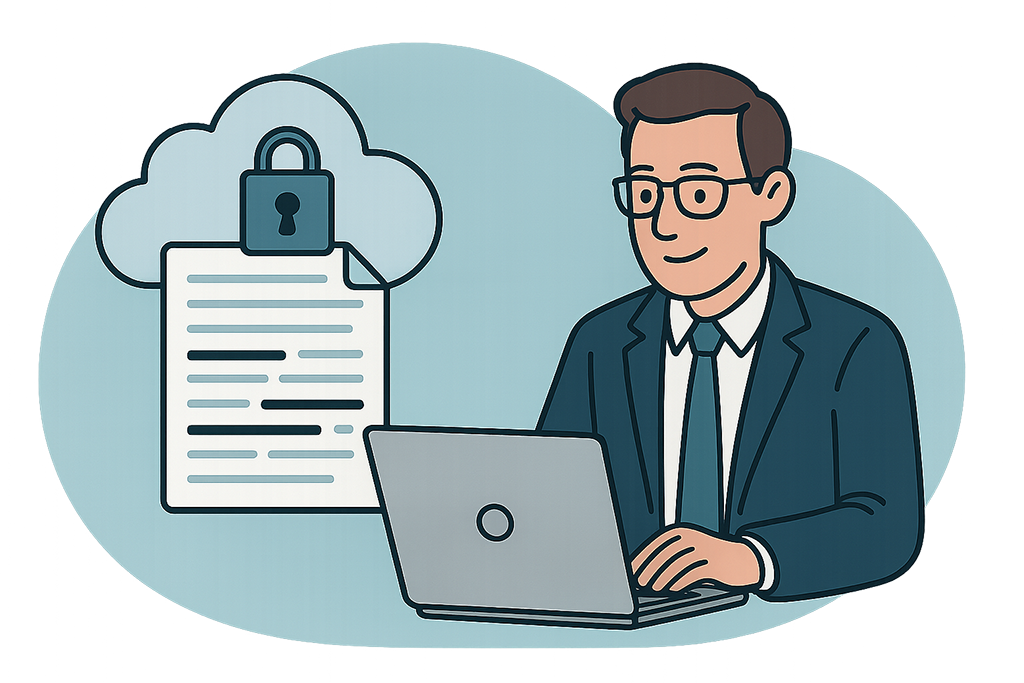
SOC 2 II 类认证
Sonix 符合法律技术的最高安全标准,为您的客户和案件保护机密信息。
集中式转录中心
通过审核跟踪、版本控制和基于用户的访问权限,管理跨团队、业务领域和权限的笔录。
经常问的问题 
对于我们律师事务所的敏感数据,Sonix 足够安全吗?
是的。Sonix 已获得 SOC 2 II 类认证,并使用企业级加密。您公司的证词、客户对话和案例记录将受到全面保护。
Sonix 能否支持多律师工作流程?
绝对可以。Sonix 专为协作法律环境而设计。您可以为团队分配成绩单、管理权限并简化整个公司的文件处理。
Sonix 的笔录如何改善我们的工作流程?
Sonix 提供快速、可搜索、带有发言人标签的笔录。您的法律团队可以节省数小时的人工审查时间,并使案件时间表按计划进行。
我可以使用 Sonix 进行证词和客户访谈吗?
是的。Sonix 非常适合记录口头证词、客户电话和证人访谈,并将其转换为可读的、可供法庭审理的文档。
转录的周转时间有多快?
成绩单将在几分钟内准备就绪。Sonix 由 AI 提供支持,让您可以即时访问文档,而不会像传统服务那样延迟。
Sonix 会集成到我们现有的系统中吗?
Sonix 导出为 DOCX、TXT、PDF 等。将笔录整合到您的文档管理系统或案例工具中很容易。
多律师律师事务所的法律转录 
简化律师事务所的转录工作流程
Sonix 帮助拥有 10 名以上律师的律师事务所提高效率、降低成本并安全地管理大规模转录。我们的人工智能为从初级合伙人到管理合伙人的各个级别的法律专业人员提供准确的成绩单。
使用 Sonix 快速、自动地转录以下内容:
- 证词和专家证词
- 客户咨询和访谈
- 法庭诉讼和仲裁听证会
- 案例简要听写和法律备忘录
- 合规会议和法律业务会议
无论您参与诉讼、公司法还是合规事务,Sonix 都可以轻松管理跨部门的法律转录。Sonix 具有快速周转时间、可搜索格式和企业级安全性,专为想要更智能地工作的公司打造。
让我们来谈谈 Sonix 能为你的法律团队做些什么 →
